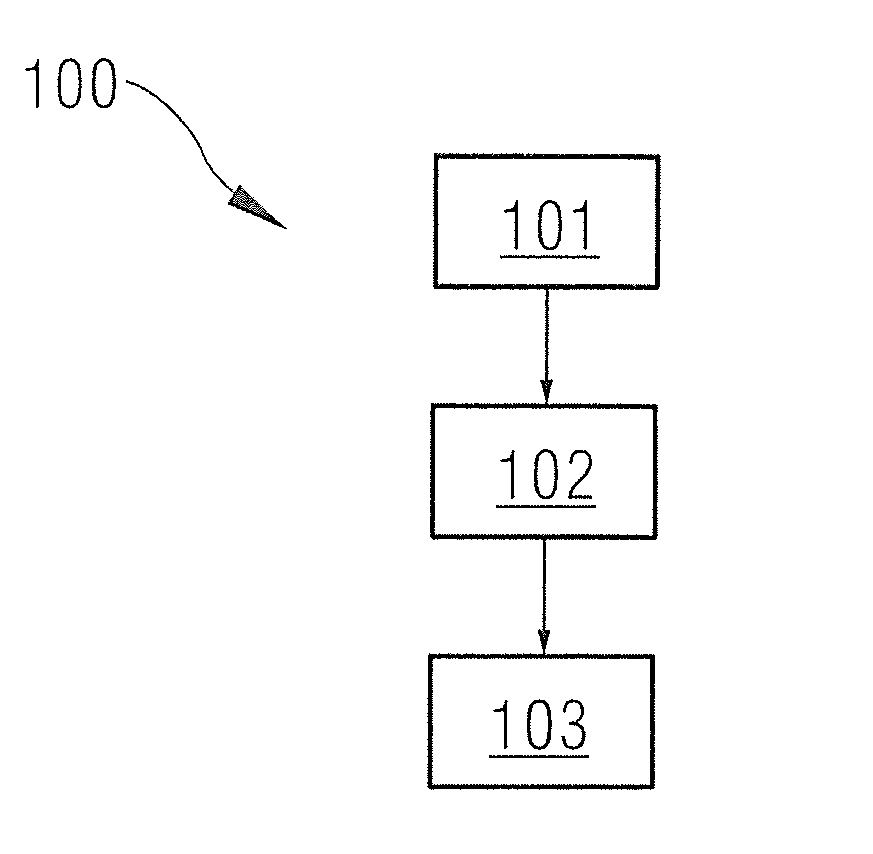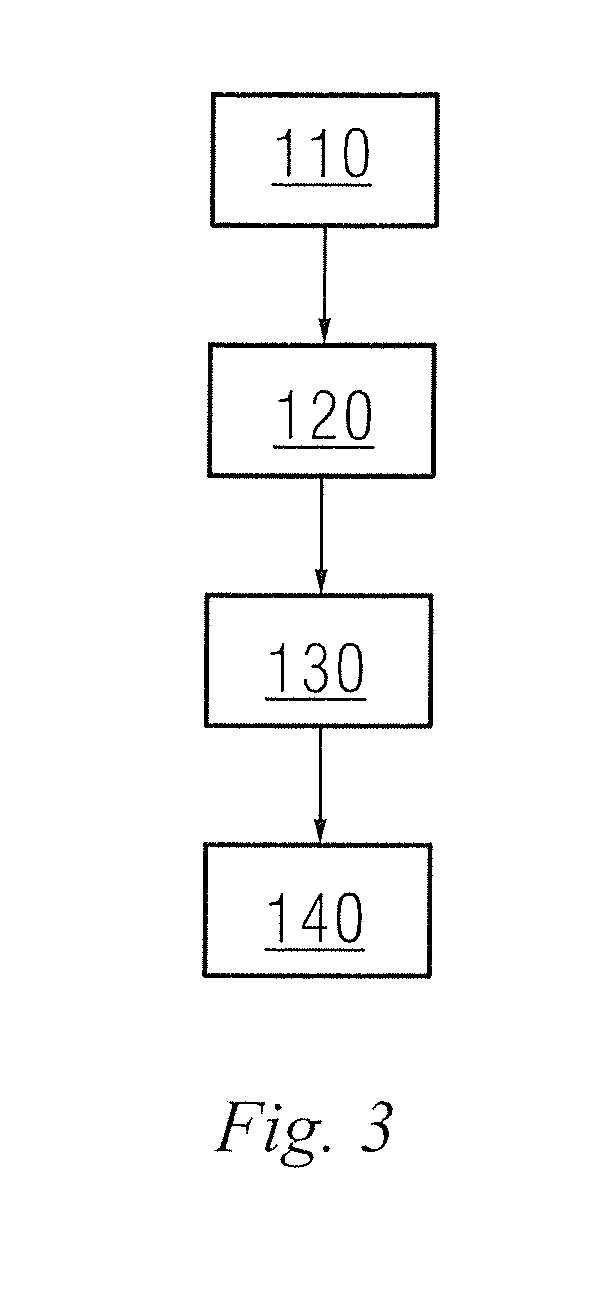Method for determining an intracortical working state of a functional network in the brain
- Summary
- Abstract
- Description
- Claims
- Application Information
AI Technical Summary
Benefits of technology
Problems solved by technology
Method used
Image
Examples
Embodiment Construction
[0023]In the fMRI field, the time related blood oxygen saturation level (BOLD) signals at relatively low frequency (0.1 Hz-0.01 Hz) collected by fMRI during the rest state are used to study human brains. Now, the analysis of the brain functional network in the rest state on the data in a single scan is often based on the hypothesis that the activities of the brain functional network do not change over time: calculating the linear correlation coefficient throughout the whole scan, and using the linear correlation coefficient to characterize the connection strength in the observation area. The particular method comprises: based on the analysis of the region of interest (ROI) of a seed (using the time sequence of the ROI as the regression factor to query the region having a similar time behavior throughout the brain) and the independent component analysis which is a no model approach, recognizing the spatial region having activities cooperated with time. Other methods for characterizin...
PUM
 Login to View More
Login to View More Abstract
Description
Claims
Application Information
 Login to View More
Login to View More - R&D
- Intellectual Property
- Life Sciences
- Materials
- Tech Scout
- Unparalleled Data Quality
- Higher Quality Content
- 60% Fewer Hallucinations
Browse by: Latest US Patents, China's latest patents, Technical Efficacy Thesaurus, Application Domain, Technology Topic, Popular Technical Reports.
© 2025 PatSnap. All rights reserved.Legal|Privacy policy|Modern Slavery Act Transparency Statement|Sitemap|About US| Contact US: help@patsnap.com



